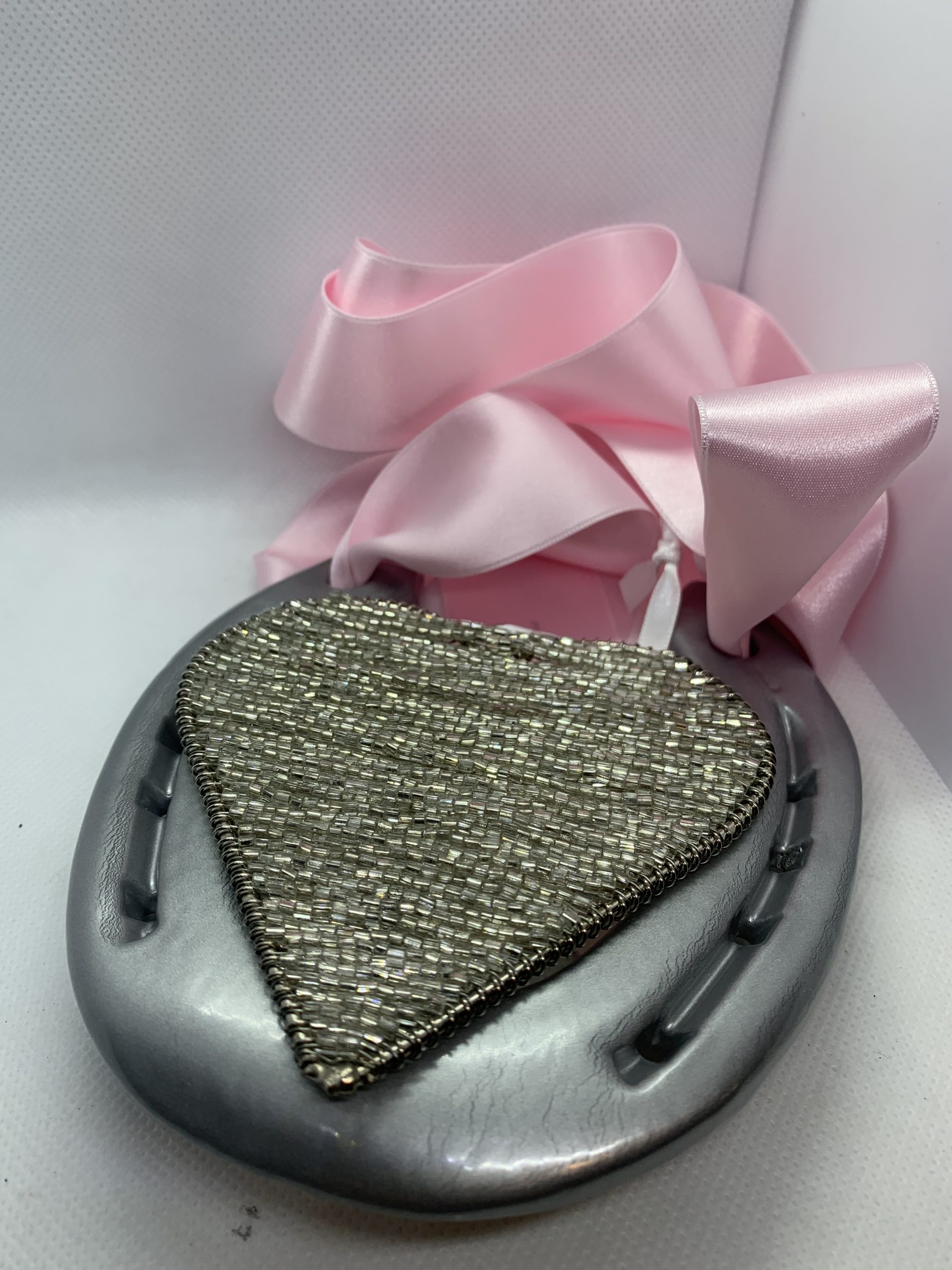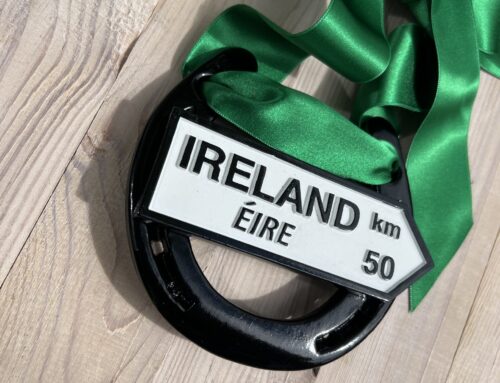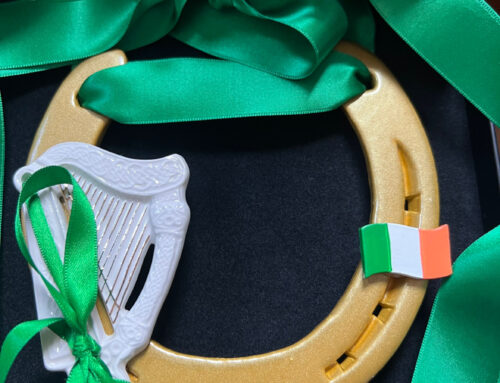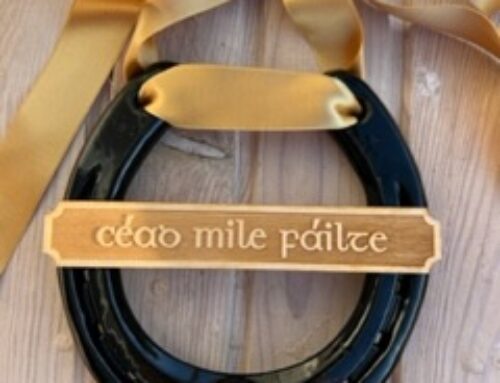Did you ever play outdoor games as a kid? We’re quite sure you had on some sort of footwear to protect your soles from getting hurt. The same applies to horses and their hooves.
Horses are large, strong animals that run fast and help with a lot of work on the farm. They need to protect their legs and be able to absorb the shock of their heavy bodies during movement. Despite having thick and tough hooves, they still get worn out especially for horses that run in rough terraces a lot. This is why horseshoes were invented.
What Are Horseshoes Made Of?
Horseshoes are thin metals usually attached to the hooves to help in slowing down the wearing down of the hooves. In most cases, horseshoes are made from steel but there are rare cases such as in racehorses where the horseshoes are made from aluminium. This is because racehorses need lighter horseshoes to be able to perform better without compromising the speed of the horse.
The hooves are made up of keratin, the same protein found in human nails. But they have a soft and tender inner part, called the frog, that is susceptible to injuries. The hoof naturally wears away over time and expose the frog to the risk of injury. A horseshoe helps to slow down the wearing away and keeps the frog in healthy condition.
Additionally, they provide shock absorbency and give the horses more traction for walking, running, and working confidently. Almost all horses wear horseshoes except the wild ones.
When a horse has a hoof or foot injury, they are usually fitted with boots made from rubber. This provides a much softer walking surface and more significant support.
Signs Your Horseshoes Should Be Reset
Despite being such a lifesaver for hooves, horseshoes also wear out after some time and need to be replaced. Leaving them on for so long can be detrimental to the horse. But how do you know that the time has come for you to replace your horseshoes?
As a general rule, you should replace (reset) your horseshoes every six weeks. There are also a number of signs to look out for. These include:
- Loose nails that are pushing up from the wall of the hoof
- Protruding nails further out of the underside of the shoe
- When the shoes become loose or fall off altogether
- The shoe is getting out of shape as the hoof outgrows it
- Excessively thin or unevenly worn-out horseshoes
- The shoe seems twisted on the foot
But it’s usually not a good idea to wait until you notice any of these signs because they are an indicator that the shoes have been on too long. It’s also important to note that the shoes can wear out or the nails loosen prematurely, especially if the terrains are too rough. This is why experts recommend six weeks as an optimal time to reset the horseshoes. It’s also about the same time that you will have to trim your horse’s hooves if it’s barefoot. But don’t leave the shoes on for months because it can damage the hooves and lead to soft tissue damage like strained tendons and ligaments.
Repurpose The Horseshoes Into Thoughtful Gifts
The farrier will pull the horseshoes off before trimming the overgrown hoof and shaping the hoof. Once that is done, they can either nail the same horseshoes back on or use a new pair of shoes. Instead of reshaping the horseshoes and fitting them back on, you can buy new ones and repurpose the old ones as gifts to your loved ones.
Horseshoes are traditionally regarded as good luck charms that bring good fortunes and protection to users. They used to be hung over doors to bring good luck to households and businesses but they are also worn as jewellery nowadays.
If you have old horseshoes that you would love repurposed into personalized gifts for your loved ones, Biddy’s Good Luck Horseshoes can help with that. We also have a wide range of good luck horseshoes that you can gift your loved ones during their special occasions.
You can check out our good luck horseshoe shop here.
